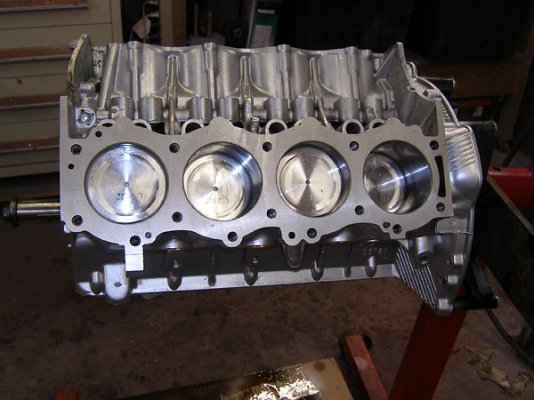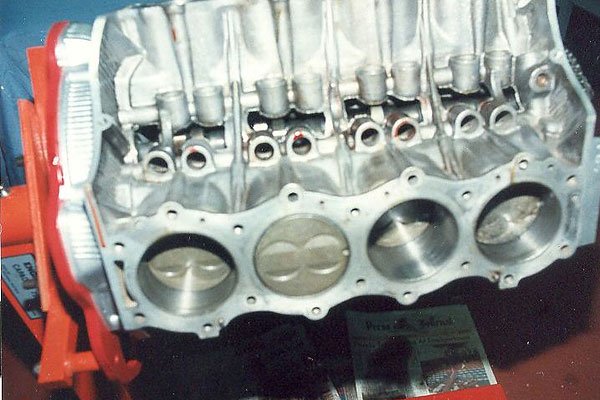- Local time
- 8:29 AM
- Joined
- Jan 29, 2018
- Messages
- 21,669
- Reaction score
- 68,939
- Location
- Midland Ontario, Canada
a friend recently bought a mid-sixties short wheelbase van at an auction. It had 16.5 wheels from the factory. Looked like a half ton walking up to it thinking smoke would come out when the door was opened, but had 1 ton wheels.I love ford vans.. my brother had a 3/4 ton with a 300 straight 6.. the thing was a beast... This is the one scott at CWM painted a couple of years ago..
View attachment 1930607
You're right about the Oldmobile version being better, it has six bolts vs. the buick five per cylinder.TVR also used Ford 4 cylinders, BL fours, Ford V8s and 3 litre Ford Essex 6s. Later, TVRs used their own engines too. Customers put all sorts of other powerplants in also.
Speaking of the aluminium GM V8... It is public knowledge that I am NOT a buick person. At all. So I take mild umbrage at people always calling that engine a 'buick' ; Oldsmobile had a version of the same lump, and it was slightly different. The problem that Rover had was they used the buick version; Olds' iteration had less head gasket issues for example. What many do not know is the Oldsmobile version of that engine formed the basis of the "Brabham" that won the World F1 Championship in 1966.
And I certainly agree that the TVR is probably the most handsome of the new cars that year; the 'new' Griffith is one of the better looking open sportscars in any era imnsho.


GM decided it was a failure because when turbocharged the bottom end could blow out of it, literally (poor aluminum alloys) and the porting held it back. Rover fixed all that giving it a usable 6000 RPMs.
Man that scoop is tall.. big tunnel ram?
